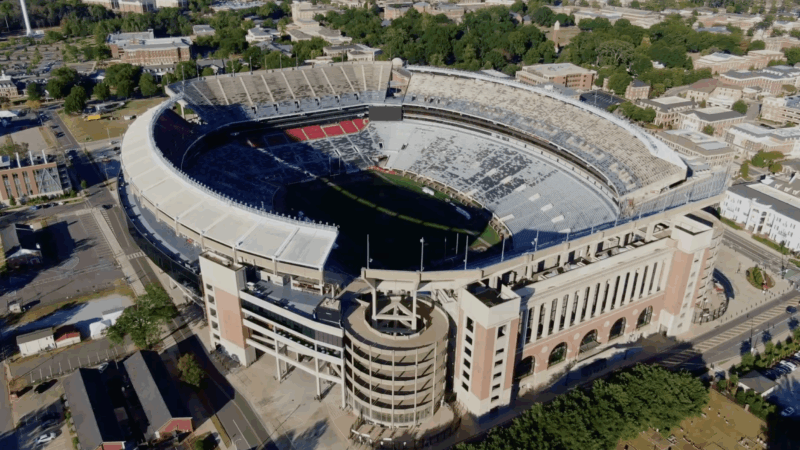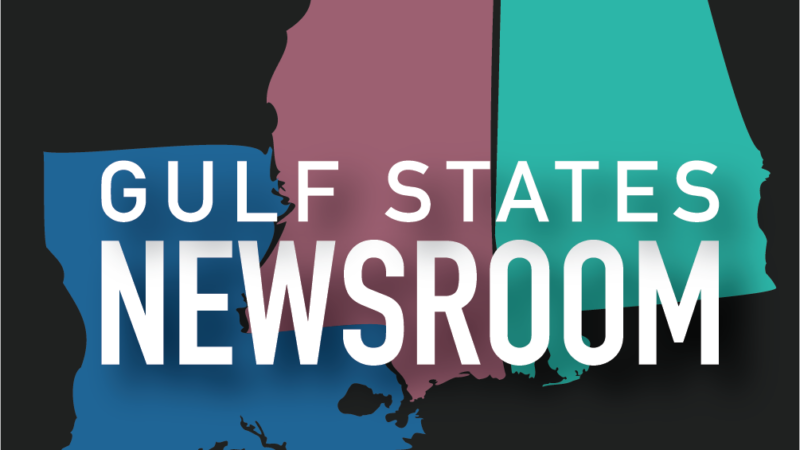Colombia: The birthplace of cumbia

This is part of a special series, Cumbia Across Latin America, a visual report across six countries covering the people, places and cultures that keep this music genre alive.
All dance was seen as rebellious during colonial times. The Caribbean coast of Colombia witnessed the birth of cumbia in the river system of the Mompos Depression, an immense wetland, and in a small mountain range known as Montes de María. During the colonization of America in the 16th century, thousands of enslaved individuals arrived from the African continent at the port of Cartagena. Forced to leave their homeland, they brought their music, religious drums and spirituality. These drums were also used to send secret messages during the maroonage process.



The swamp region was home to many Indigenous cultures, now referred to as amphibious due to their proximity to water. These cultures are said to have used flutes made from bone in ceremonial rites. In the Montes de María, where additional Indigenous groups lived, small statuettes of human figures with instruments resembling gaitas (Indigenous flutes) — also known as chuanas — have been found. The clothing used in traditional dance, trova, and couple dancing, and the language of the songs exemplify European influence. The musical instruments of this region are crafted from the earth, mimicking birds that fly along the banks of rivers, the sound of rain or the beating of a heart.








Emilia Reyes Salgado, known as “la Burgos la Meya,” is one of the best bullerengue singers from San Basilio de Palenque, the first free town in America. Half an hour away, in Arjona, resides Petrona Martinez, the winner of the 2021 Latin Grammy for best folk album, with Ancestras. In María la Baja lives Pabla Flores, who comes from a lineage of singers and has established a school in honor of her mother, who taught her to sing. The African roots of cumbia are expressed not only through its percussion instruments — the tambor alegre, the llamador and the tambora — but also through the voices of ancestors reflected in the sung dances of the region. Black and Afro-descendant women in Colombia are at the heart of these songs, transmitting this legacy from generation to generation.




San Jacinto, located in the Montes de María, is the epicenter of gaita music, famous for the Gaiteros de San Jacinto and the cumbia of Andrés Landero, one of the most beloved accordionists in Latin America. Historically, this region was also the territory of the FARC (Revolutionary Armed Front of Colombia). It is said that guerrillas would allow musicians to pass if they displayed their instruments. Amid a civil war lasting over half a century, the gaita — a pre-Hispanic flute made from the heart of a cactus and a duck’s feather — became a symbol of peace. These Indigenous sounds breathe life into cumbia.
Jose Benito Barros, originally from El Banco, Magdalena, wrote “La Piragua” and “El Pescador,” iconic Colombian cumbias. Early in his career, Barros did not perform the traditional rhythms of his region. This music, rooted in the experiences of fishermen and people who recite lyrics on the banks of the Magdalena River, was not initially accepted by the middle and upper classes of that time. However, upon realizing the popularity of these rhythms, Barros shifted his musical direction. In 1970, he held the first cumbia festival in El Banco, serving both as a judge and participant. His daughters, along with local elites, continue to host this festival every year. While the main port is decorated to impress the invited authorities, just a few blocks away, the most marginalized neighborhoods continue to face extortion from small armed groups.

This coverage was made with the support of the National Geographic Explorer program.
Karla Gachet and Ivan Kashinsky are photojournalists based in Los Angeles. You can see more of Karla’s work on her website, KarlaGachet.com, or on Instagram, at @kchete77. Ivan’s work is available on his website, IvanKphoto.com, or on Instagram, at @ivankphoto.
Auburn tabs USF’s Alex Golesh as its next coach, replacing Hugh Freeze on the Plains
The 41-year-old Golesh, who was born in Russia and moved to the United State at age 7, is signing a six-year contract that averages more than $7 million annually to replace Hugh Freeze. Freeze was fired in early November after failing to fix Auburn’s offensive issues in three seasons on the Plains.
Alabama Power seeks to delay rate hike for new gas plant amid outcry
The state’s largest utility has proposed delaying the rate increase from its purchase of a $622 million natural gas plant until 2028.
Former U.S. Sen. Doug Jones announces run for Alabama governor
Jones announced his campaign Monday afternoon, hours after filing campaign paperwork with the Secretary of State's Office. His gubernatorial bid could set up a rematch with U.S. Sen. Tommy Tuberville, the Republican who defeated Jones in 2020 and is now running for governor.
Scorching Saturdays: The rising heat threat inside football stadiums
Excessive heat and more frequent medical incidents in Southern college football stadiums could be a warning sign for universities across the country.
The Gulf States Newsroom is hiring an Audio Editor
The Gulf States Newsroom is hiring an Audio Editor to join our award-winning team covering important regional stories across Mississippi, Alabama and Louisiana.
Judge orders new Alabama Senate map after ruling found racial gerrymandering
U.S. District Judge Anna Manasco, appointed by President Donald Trump during his first term, issued the ruling Monday putting a new court-selected map in place for the 2026 and 2030 elections.








